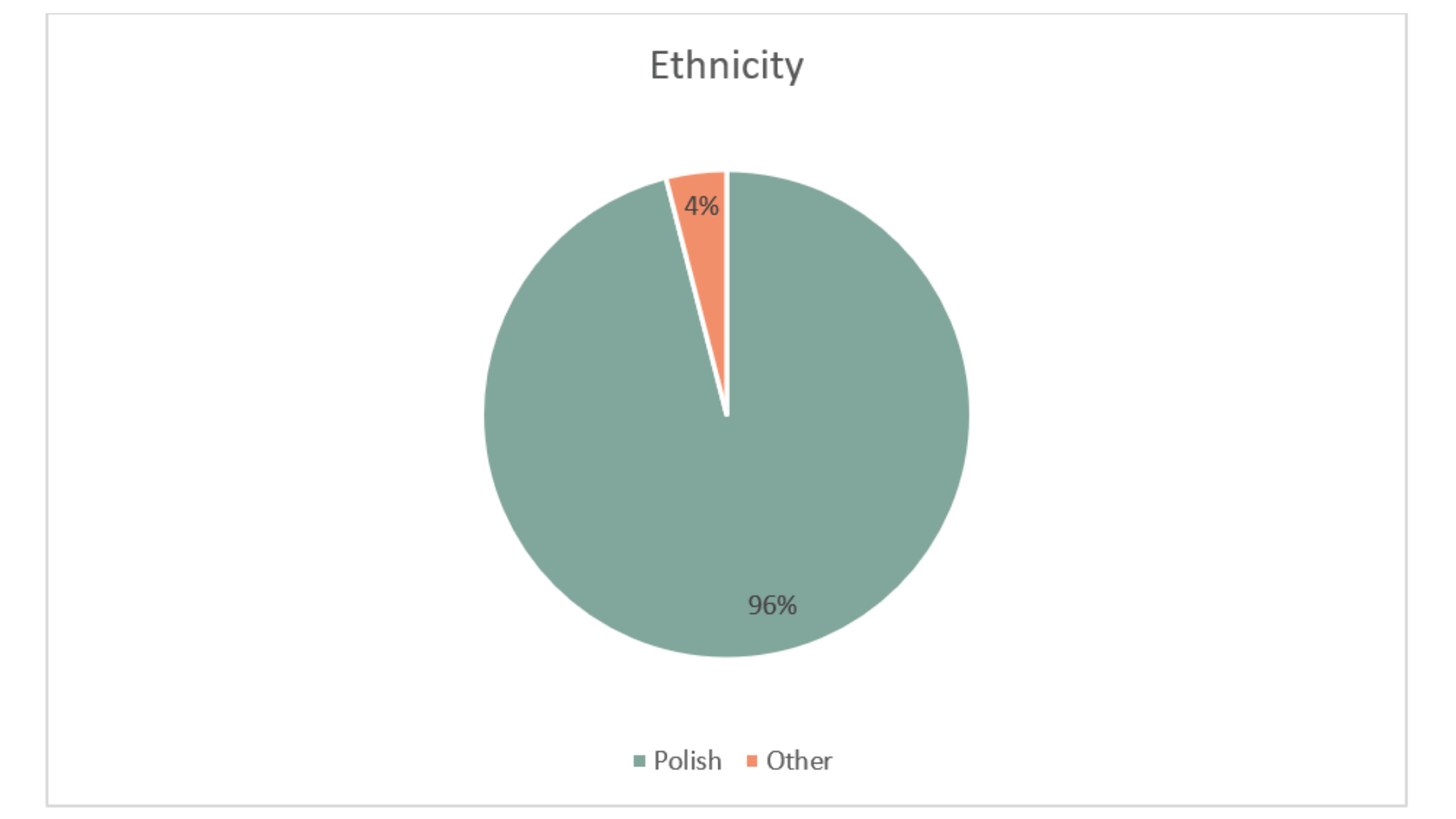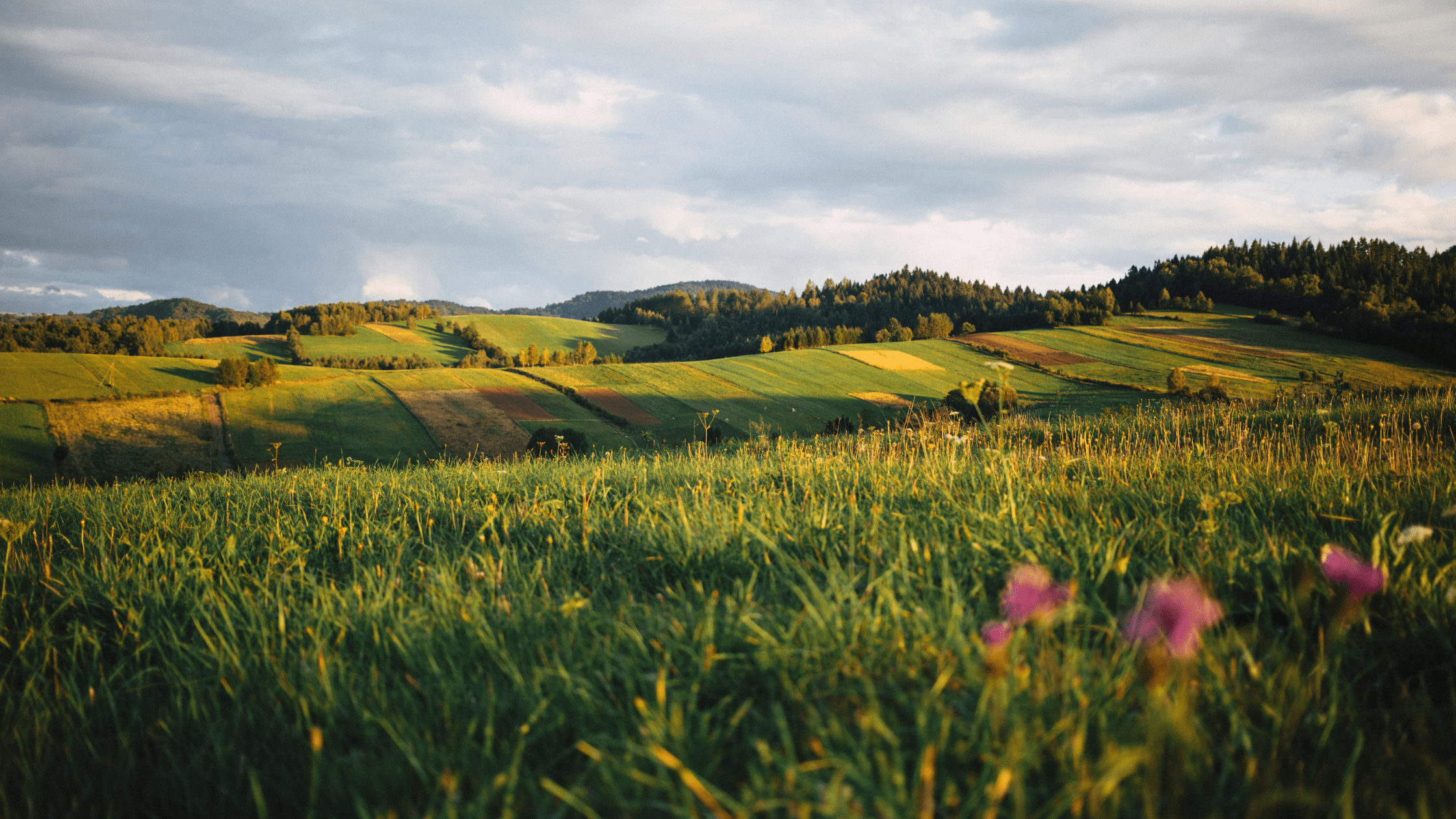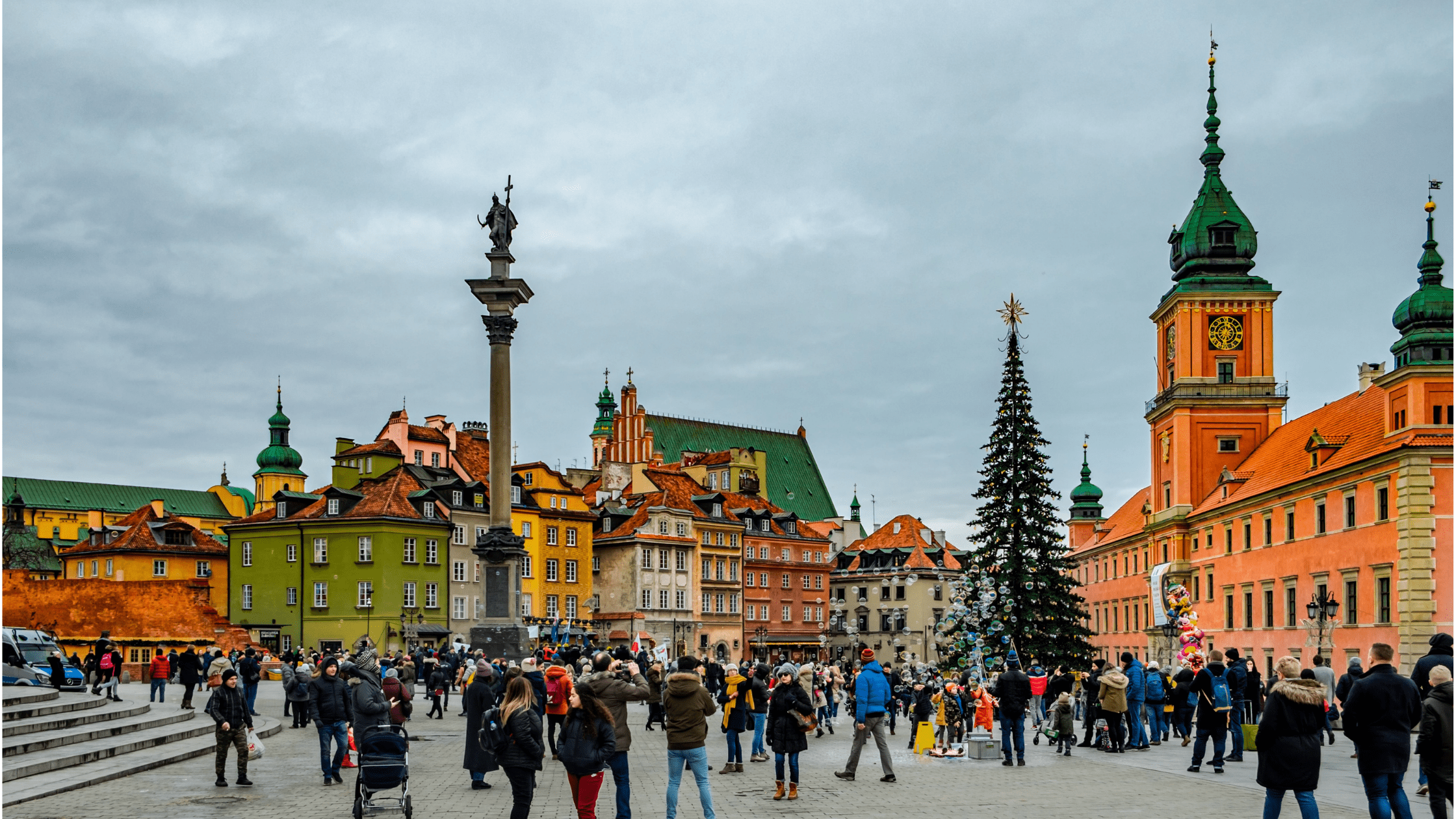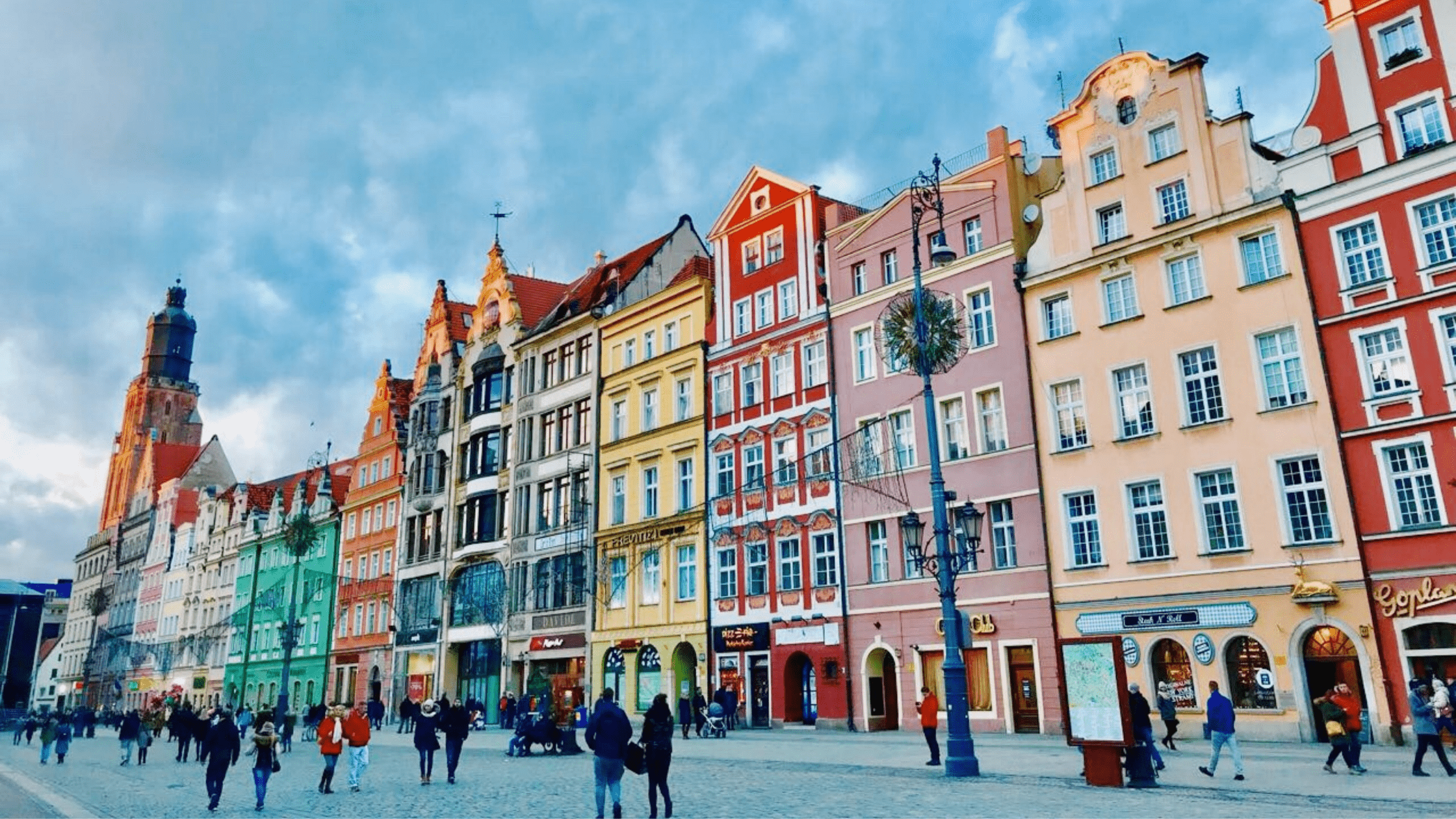General Information
| POPULATION | 37.97 million |
| LANGUAGE | Polish |
| CAPITAL | Warsaw |
| CURRENCY | Polish złoty |
Fun Facts
- Poland is one of the most religious countries in Europe
- Poles celebrate name day
- Poland was the place of the biggest mass murder during WWII
- 9th largest country in Europe
- Poland has the second oldest university in Europe
Poland
Poland is a mix of scattered farming villages and magnificent medieval towns. Once a land of many different peoples, warfare, migration, and border changes in 1945 have meant that the majority of the people who are now Polish speaking Roman Catholics. During the 1980s, Poland broke free from Soviet communist control and began the difficult journey towards a more democratic political system. Poland shares borders with Germany, Czech Republic, Slovakia, Ukraine, Belarus, Lithuania, and Russia.
Ethnicity
There are 37.97 million people living in Poland
- 96% Polish
- 4% Other

Economy
Poland is at the crossroads of Europe, with a developed economy and a vast and increasingly modern network of transportation infrastructure. 86% of the population is Catholic or nominally Catholic and 14% Other (Islam, Orthodox, Lutheran). New roads and high-speed lines are currently being built to make transport quicker and more efficient. Since 1988, Poland has followed an economic liberalisation agenda, and it now stands as the most effective post-communist state in Europe. Poland is a developed market and a regional force in Central Europe, with the 6th largest nominal GDP and 5th largest GDP in the European Union. Poland has a strong hospitality culture and they enjoy company, treating guests like family. Before World War 2 Poland relied heavily on agriculture, manufacturing and mining but now they have established an increasingly modern, state-run command economy modelled after the Soviet model. The largest export is video games. The Polish economy has been growing increasingly over the last few decades. Polish people are very punctual and will greet you with a hand shake.
Food
The Polish cuisine is full of very hearty dishes that Polish people take a lot of pride in. At breakfast it is normal to have a form of meat or eggs for breakfast this normally comes on toast or a sandwich. Pork, game and chicken are the main meats whilst cabbage, onions and carrots are the most produced vegetable. Wigilia (Christmas Eve) is when Polish people have a feast of food on the table, fried carp and borscht for the main and for dessert is wheat pudding. Poland is the world’s largest producer of treacle and are ranked 6th for apple producing. Some popular food are Bigos, Golonka pork knuckle and roasted duck served with honey and apple. Vodka is the most bought spirit.
Some traditional Polish dishes can include:
–Żurek (Sour Rye soup)
–Gulasz (Goulash)
–Gołąbki (Cabbage,minced meat and rice)
–Babka (Easter bread)
–Pierogi (Dumplings)
Places
When it comes to things to do or sights to see, Poland does not disappoint. 36% of Poland is forested and 1/3rd of the land is arable. Poland has tons of World War 2 sites so if you go to Poland chances are you’ll stumble across one. There is also a very high concentration of churches such as Gniezno Church, Wawel and St. Johns Cathedral in Warsaw as well as Malbork castle, the worlds largest medieval castle.
Some cities to visit in Poland are:
- Warsaw, the capital and home to many museums
- Kraków, Jewish history and Auschwitz memorial
- Gdańsk, seaside town with lots of markets
Some places to visit are:
- Długi Targ (Market), Gdańsk
- Wieliczka Salt Mine, Wieliczka
- The Royal Castle, Warsaw
- The Market Square, Wrocław
- Holy mountain of Grabarka, Grabarka
History
Polish history is very long and complicated with many battles and invasions. History started with Slavic tribes followed by the Piast dynasty. In 972 AD Pomerania was annexed. Bolesław the Brave was crowned the first king of Poland in 992 AD. Mongols invaded Poland in 1240 – 1241. The Polish-Lithuania Commonwealth was established in 1569 when Poland became one of the largest countries in Europe at the time. There followed many invasions all by neighbouring countries. In World War 1 Germany invaded Poland many people died and it was a tragedy for Poland but World War 1 was not as bad as World War 2. Towards the end of World War 2 Poland was under communism rule which ended in 1989. Poland joined NATO in 1999 and the EU in 2004.




Language Basics
| English | Polish |
| Hello | Cześć |
| Goodbye | Do widzenia |
| Yes | Tak |
| No | Nie |
| Good Morning | Dzień dobry |
| Good Afternoon | Dzień dobry |
| Please | Proszę |
| Thank You | Dziękuję Ci |
| Excuse Me | Przepraszam |
Published on the 9th of June 2021
